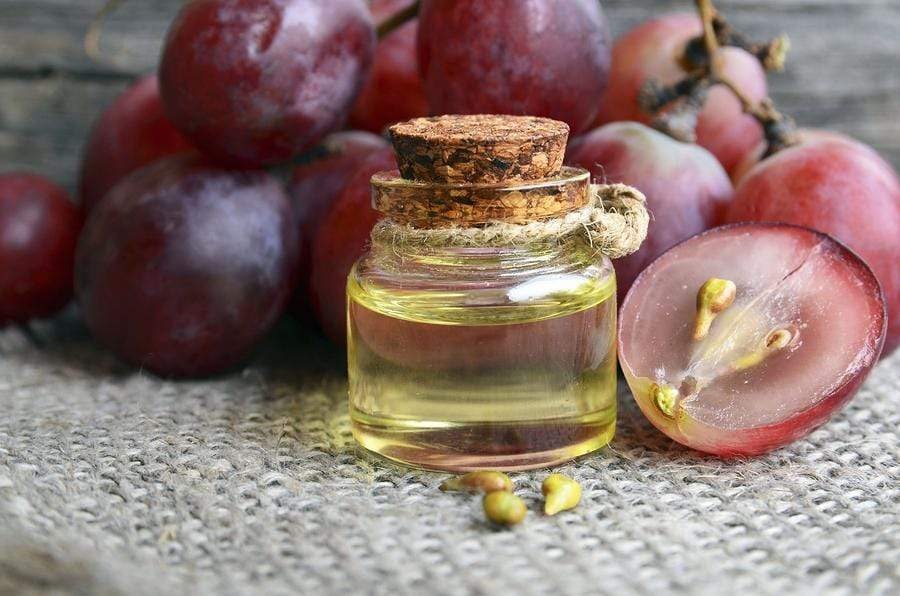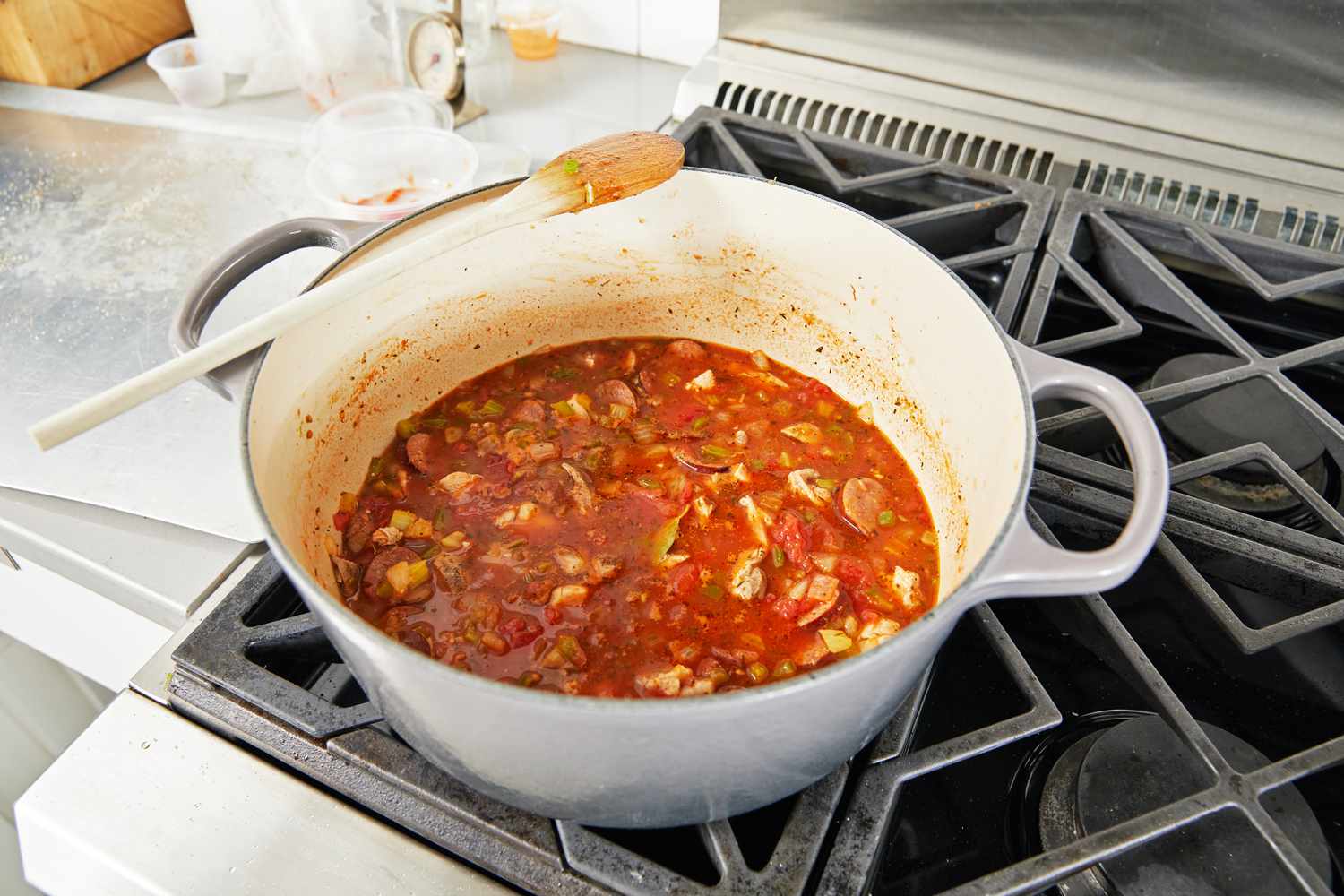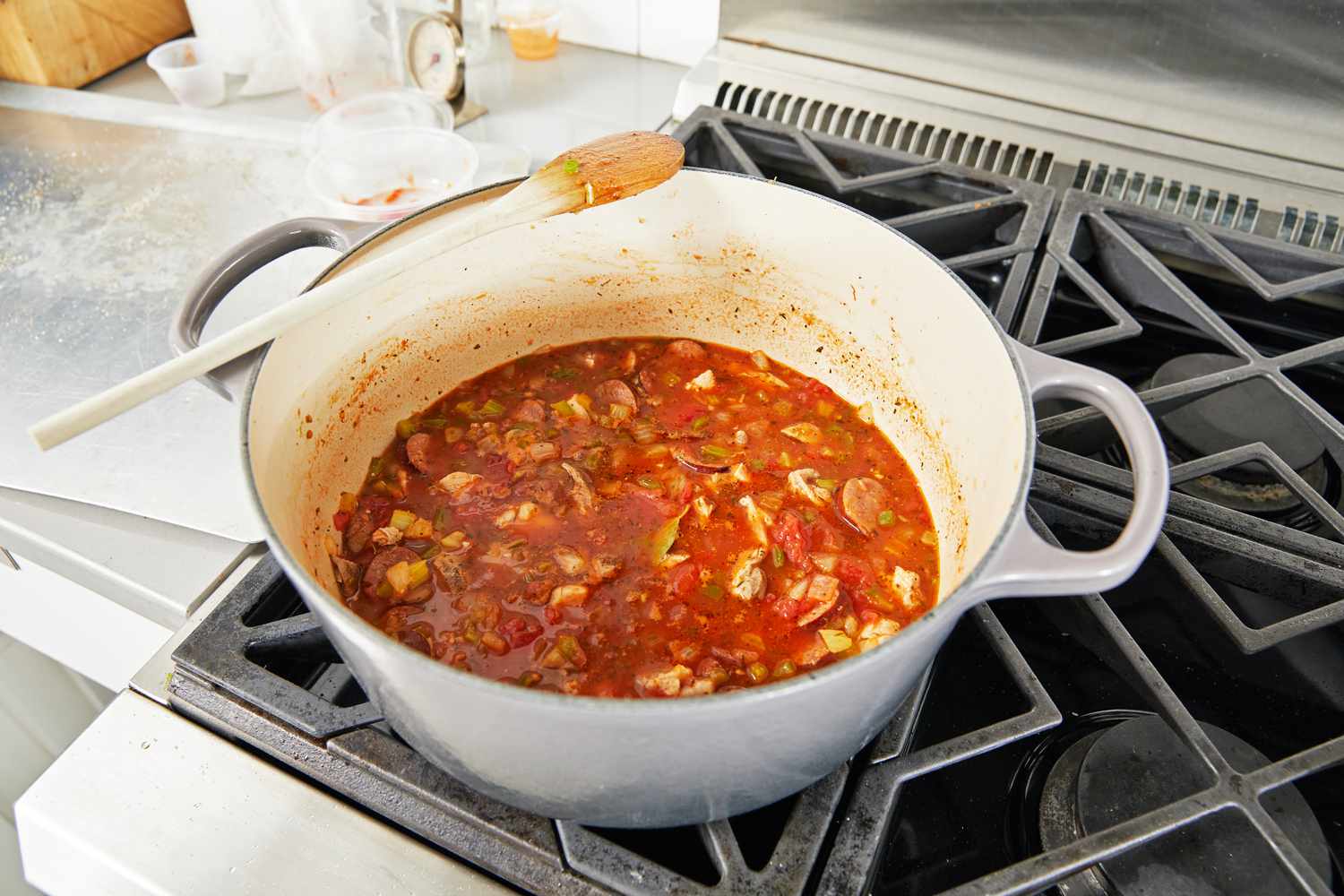Seasoning your cast iron skillet is one of the most pivotal practices for maintaining a well-functioning kitchen. Whether you're a professional chef or an enthusiastic home cook, knowing how to season cast iron with grapeseed oil effectively is a skill that can greatly elevate your culinary game. In this article, we will discuss in detail the benefits of using grapeseed oil for seasoning, the step-by-step process to follow, as well as tips and tricks for ensuring your cast iron stays in excellent condition for years to come.

Why Choose Grapeseed Oil for Seasoning?
There are various oils you can use for seasoning cast iron, but grapeseed oil stands out for several reasons. Here, we will dive into why grapeseed oil is considered an excellent choice for this purpose.
High Smoke Point
One of the primary reasons grapeseed oil is highly recommended for seasoning cast iron is its high smoke point. Grapeseed oil has a smoke point of around 420F (215C). This high smoke point means that the oil can withstand the heat required to bond to the surface of your cast iron skillet without breaking down and smoking excessively.
Neutral Flavor
Another advantage of grapeseed oil is its neutral flavor. Unlike some other oils such as olive oil or coconut oil, which carry a distinct taste, grapeseed oil won't impart any flavor onto your food. This is particularly important if you plan on using your cast iron skillet for a variety of dishes.
Health Benefits
Grapeseed oil is also rich in Omega-6 fatty acids and Vitamin E, both of which are beneficial for your health. While these health benefits are more impactful when the oil is consumed rather than used for seasoning, it's still a worthy consideration.

The Step-by-Step Guide to Seasoning Cast Iron with Grapeseed Oil
So, you're convinced that grapeseed oil is the best choice for your cast iron skillet. Now, let's get into the nitty-gritty details of how to season cast iron with grapeseed oil.
Materials You Will Need
- Cast iron skillet
- Grapeseed oil
- Paper towels or a clean rag
- Aluminum foil
- Baking sheet
- Oven
Step 1: Clean Your Cast Iron Skillet
Before you start the seasoning process, it's crucial to make sure your cast iron skillet is completely clean. Use hot water and a mild dish soap to scrub away any existing food particles or debris. Dry the skillet thoroughly with paper towels or a clean rag.
Step 2: Preheat Your Oven
Preheat your oven to 450F (232C). This will allow the oil to bond more efficiently with the cast iron surface.
Step 3: Apply the Grapeseed Oil
Pour a small amount of grapeseed oil onto a paper towel or clean rag and rub it all over the surface of your skillet, including the bottom and handle. Make sure to apply a thin, even layer.
Step 4: Wipe Away Excess Oil
Using another clean paper towel or rag, wipe away any excess oil from the skillet. You want the skillet to be coated but not dripping with oil, as too much oil can lead to a sticky residue.
Step 5: Bake the Skillet
Place a sheet of aluminum foil on the bottom rack of your oven to catch any drips. Then place your skillet upside down on the top rack. Bake the skillet for one hour to allow the oil to bond with the cast iron surface.
Step 6: Cool Down
After an hour, turn off the oven and let the skillet cool down inside the oven. This slow cooling process helps the oil to set properly.

Maintaining Your Seasoned Cast Iron Skillet
Once youve seasoned your cast iron skillet, it's essential to maintain it properly to keep it in top shape.
Cleaning After Use
After cooking, clean your cast iron skillet with hot water and a brush. Avoid using soap as much as possible, as it can strip away the seasoning. Dry the skillet immediately with a towel to prevent rusting.
Re-seasoning
Over time, the seasoning on your cast iron skillet may start to wear down. When you notice food sticking more frequently or the skillet looking dull, it's time to re-season it by following the steps outlined above.
Proper Storage
Store your cast iron skillet in a dry place to avoid rust. Placing a paper towel or cloth inside the skillet can help absorb any moisture that could lead to rusting.

Common Mistakes to Avoid
Even with a clear understanding of how to season cast iron with grapeseed oil, mistakes can still happen. Here are some common pitfalls and how to avoid them:
Using Too Much Oil
Applying too much oil can result in a sticky residue on your skillet, making it less effective over time. Always use a thin, even layer.
Not Heating the Skillet Enough
If the oven temperature is not high enough, the oil wont bond to the cast iron properly. Ensure your oven is preheated to at least 450F (232C).
Skipping the Cleaning Step
Failing to clean your cast iron skillet thoroughly before seasoning can result in uneven seasoning and food particles getting baked onto the surface.
Exploring Other Oils for Seasoning
While grapeseed oil is an excellent choice, there are other oils you might want to consider for seasoning your cast iron skillet.
Flaxseed Oil
Flaxseed oil has a high smoke point and creates a hard, durable layer of seasoning on your cast iron. It's slightly more expensive than grapeseed oil but offers excellent results.
Canola Oil
Canola oil is a common, affordable choice for seasoning cast iron. It has a moderately high smoke point and is widely available.
Vegetable Oil
Vegetable oil is another budget-friendly option. While it works well for seasoning, it tends to break down more quickly than grapeseed or flaxseed oil.
FAQs
1. How often should I season my cast iron skillet?
It depends on how frequently you use it. Regular use may require seasoning every few months, while occasional use might only need seasoning a couple of times a year.
2. Can I use soap to clean my cast iron skillet?
It's best to avoid soap as it can strip away the seasoning. Only use hot water and a brush for regular cleaning.
3. What should I do if my cast iron skillet starts to rust?
If rust appears, scrub it off with a steel wool pad and re-season the skillet following the steps above. For a detailed cleaning guide, consider checking out this article.
For more detailed guides and information on cast iron care, visit [The Cast Iron Collector](http://www.castironcollector.com/).
As an Amazon Associate, I earn from qualifying purchases.






Leave a comment
This site is protected by hCaptcha and the hCaptcha Privacy Policy and Terms of Service apply.